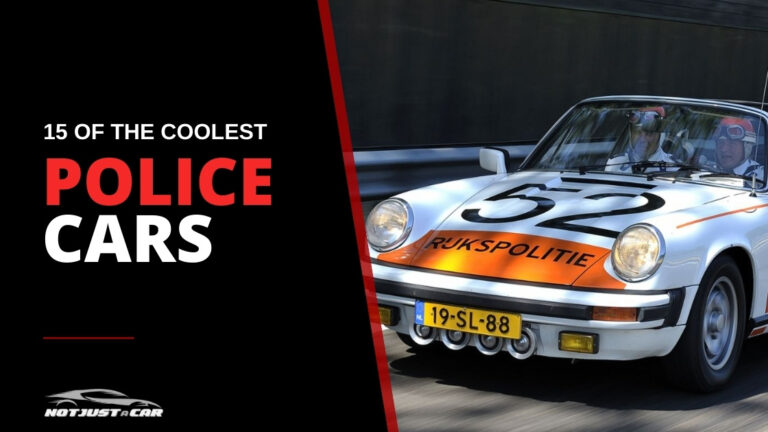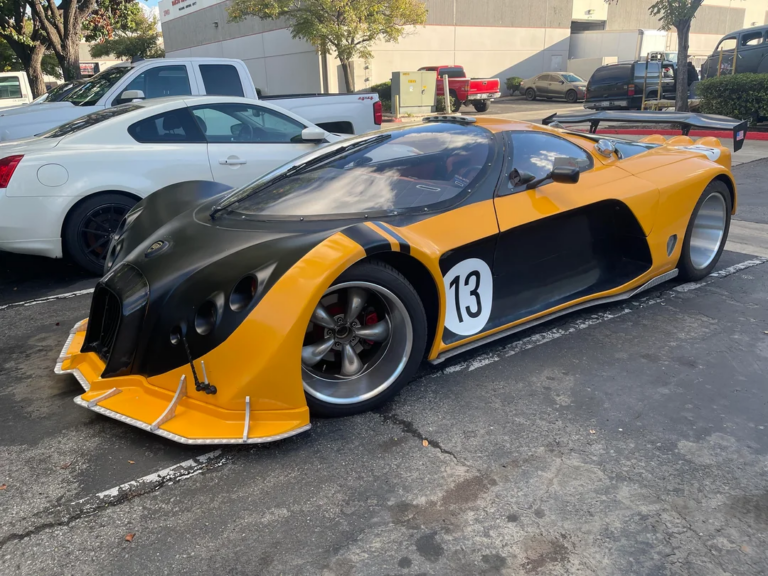The Designer Who Quit Lamborghini to Build His Own Masterpiece
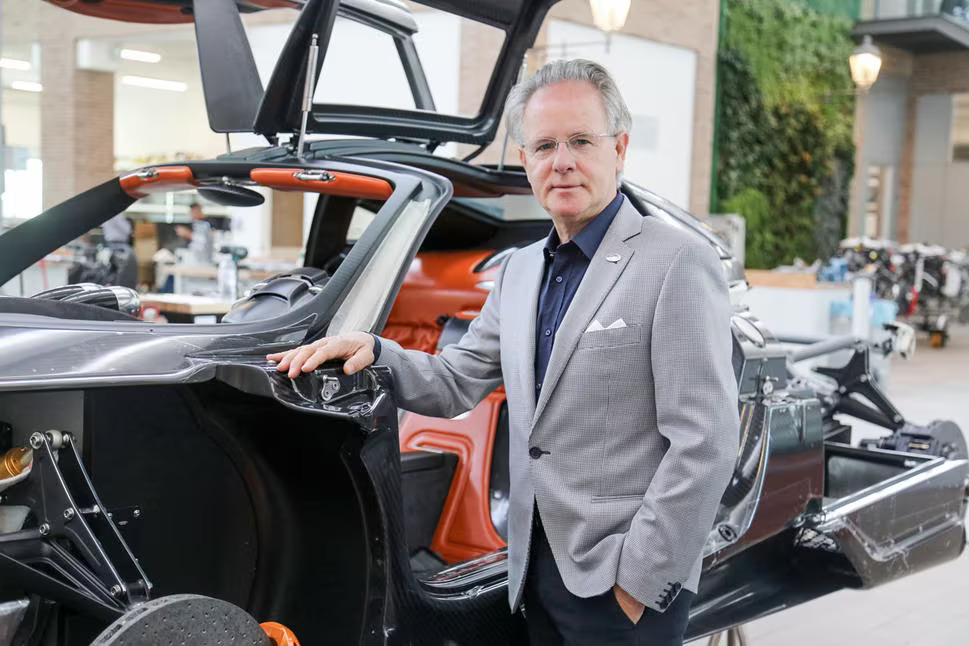
The Pagani Zonda isn’t just a hypercar; it’s the audacious dream of Horacio Pagani, a story of pure rebellion and unyielding vision that birthed an automotive masterpiece. This is about a man who walked away from an established giant to forge his own path, armed with an obsession for carbon fiber and an unshakeable belief in his art.
Quick Links
Key Takeaways
- Horacio Pagani left Lamborghini to pursue his radical carbon fiber vision.
- The Zonda C12 debuted in 1999, a testament to uncompromising passion.
- Juan Manuel Fangio was a key mentor who helped secure the AMG V12 engine.
- Pagani’s cars are a unique blend of art and science, meticulously crafted by hand.
- The Zonda established Pagani as a bespoke manufacturer in a league of its own.
The Carbon Fiber Dreamer’s Rebellion
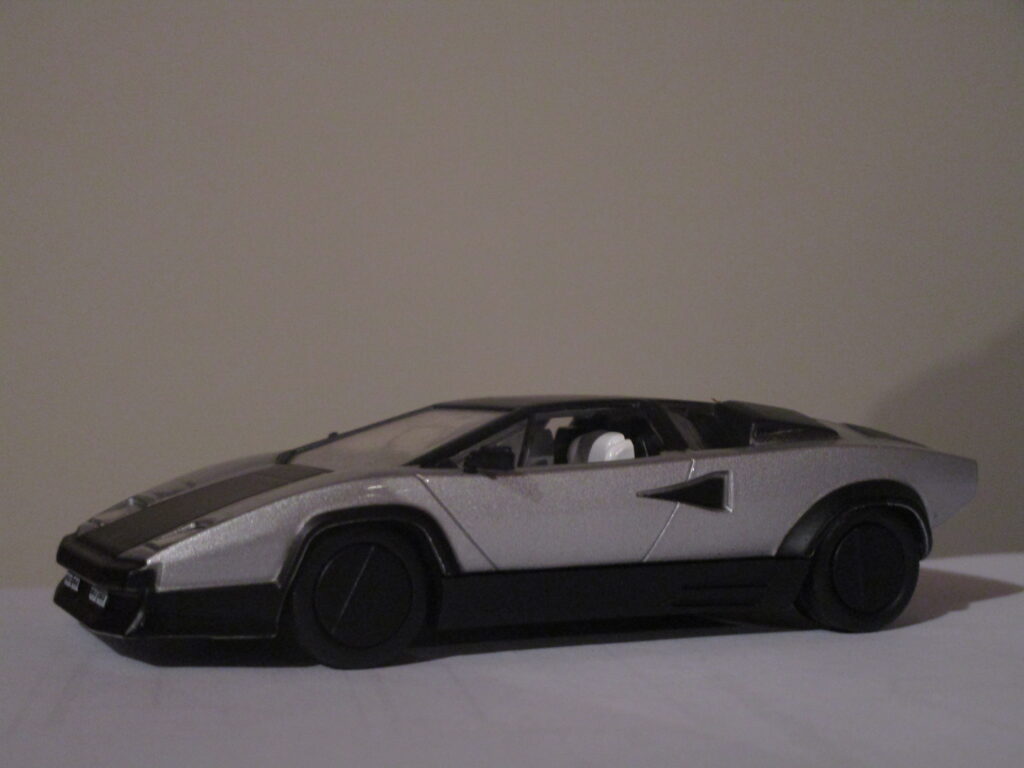
Man, sometimes you just gotta follow your gut, even if everyone else thinks you’re nuts. That’s Horacio Pagani. He wasn’t born into Italian automotive royalty; he was just this kid from Argentina, building his own cars out of scrap wood and dreaming big. He eventually made it to Italy, landing a gig at Lamborghini in the early ’80s, which for a car guy, that’s like, the absolute pinnacle, right?
But Horacio wasn’t content just designing the Countach Evoluzione, which was already a wild machine. He saw the future in carbon fiber. He was pushing Lamborghini hard to invest in an autoclave and set up a proper composites department. I mean, this was back when carbon fiber was still kinda unknown for most of the industry.
Lamborghini, though, they were like, “Nah, too expensive, too niche. We’ll stick with steel.” Can you even imagine? Their loss, big time. Horacio, being the visionary he was, couldn’t just sit there. He believed in this material, knew it was gonna change everything. So, in 1991, he said “adios” to Lamborghini and decided to go it alone. That’s a move that takes serious guts.
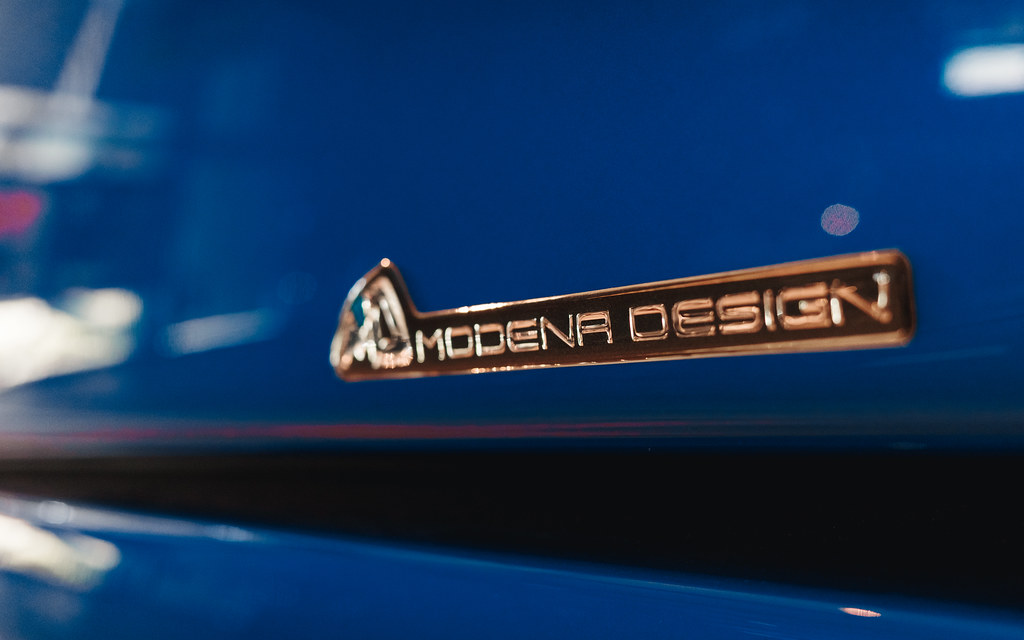
He founded Pagani Composite Research, basically betting everything on his belief that lightweight, strong carbon fiber was the future of high-performance cars.
From Sketch to Scream: The Zonda’s History
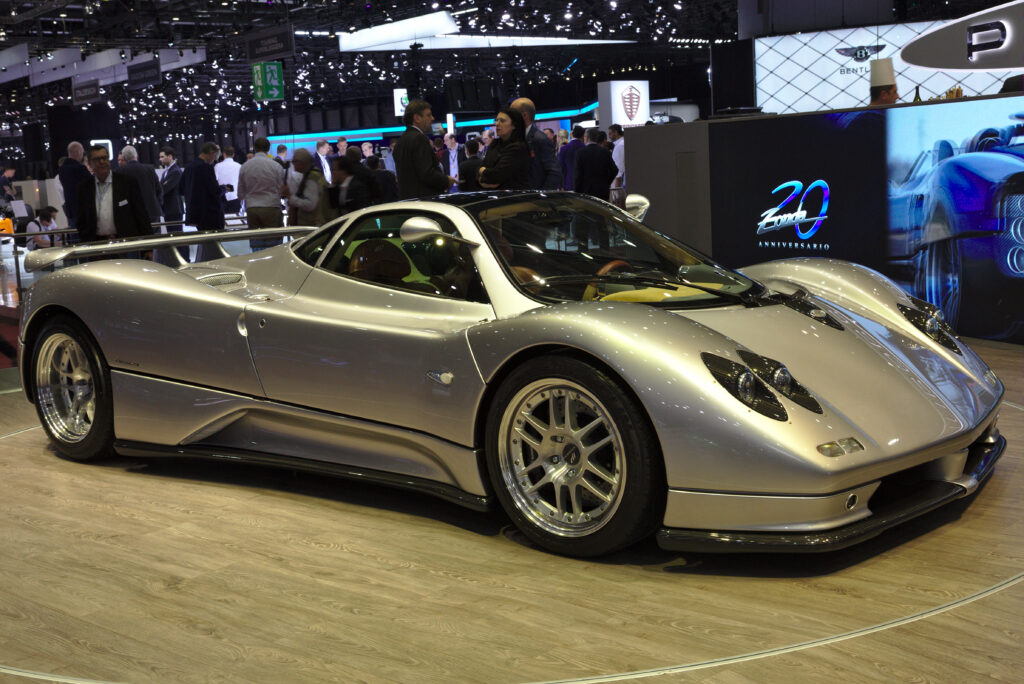
Starting from scratch, in San Cesario sul Panaro, near Modena—which is basically ground zero for Italian supercar insanity—Pagani set out to build his own car. It wasn’t just gonna be fast; it was gonna be a piece of art, a rolling sculpture. He initially called the project the “C8,” but later, thanks to his friend and mentor, the legendary F1 driver Juan Manuel Fangio, it became the “Fangio F1.” Unfortunately, Fangio passed away in 1995 before the car was finished, and out of respect, Pagani renamed it the Zonda, after an Argentine air current.
Getting an engine, that’s always the trickiest part for a startup. Fangio’s connections were HUGE here. He introduced Horacio to Mercedes-Benz, specifically AMG. And what did AMG give him? Only one of the most NASTY sounding, glorious V12s ever built: the Mercedes-Benz M120 engine.
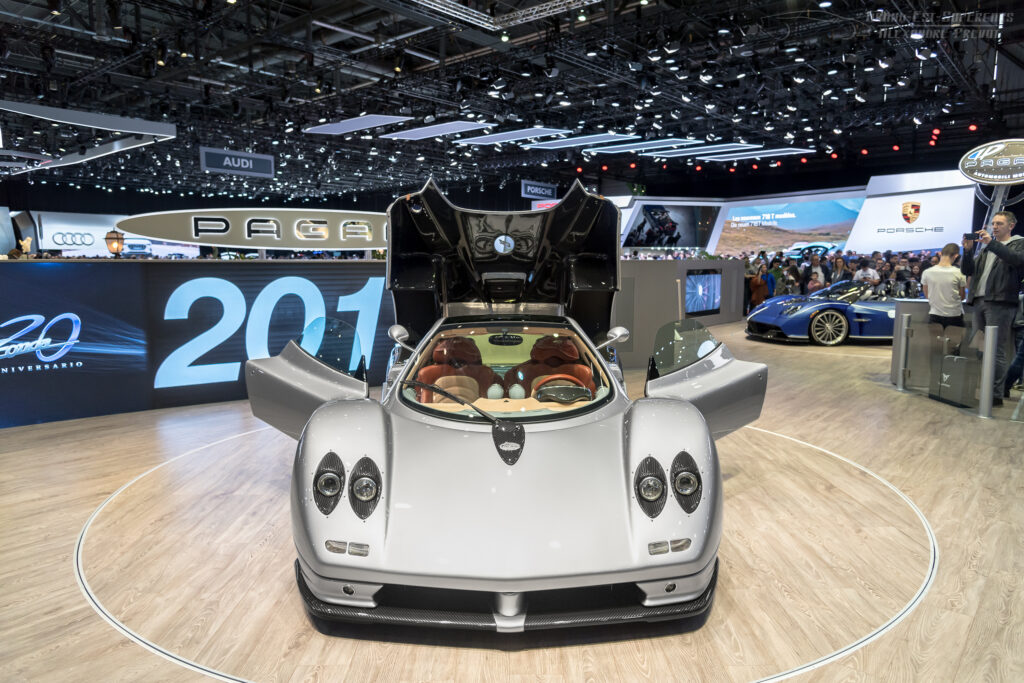
The original Zonda C12, which first broke cover at the 1999 Geneva Motor Show, packed a 6.0-liter M120 V12 making 400 horsepower. Now, 400hp doesn’t sound like much by today’s hypercar standards, but in a car that weighed just 1,250 kg (2,756 lbs), thanks to all that carbon fiber, it was PURE adrenaline. Every single curve, every vent, every surface on that Zonda was deliberate, functional, and ridiculously beautiful. It truly was a manifestation of Horacio’s “art and science” philosophy, blending aerodynamic efficiency with jaw-dropping aesthetics.
Obsession in the Details: Pagani’s Uncompromising Vision
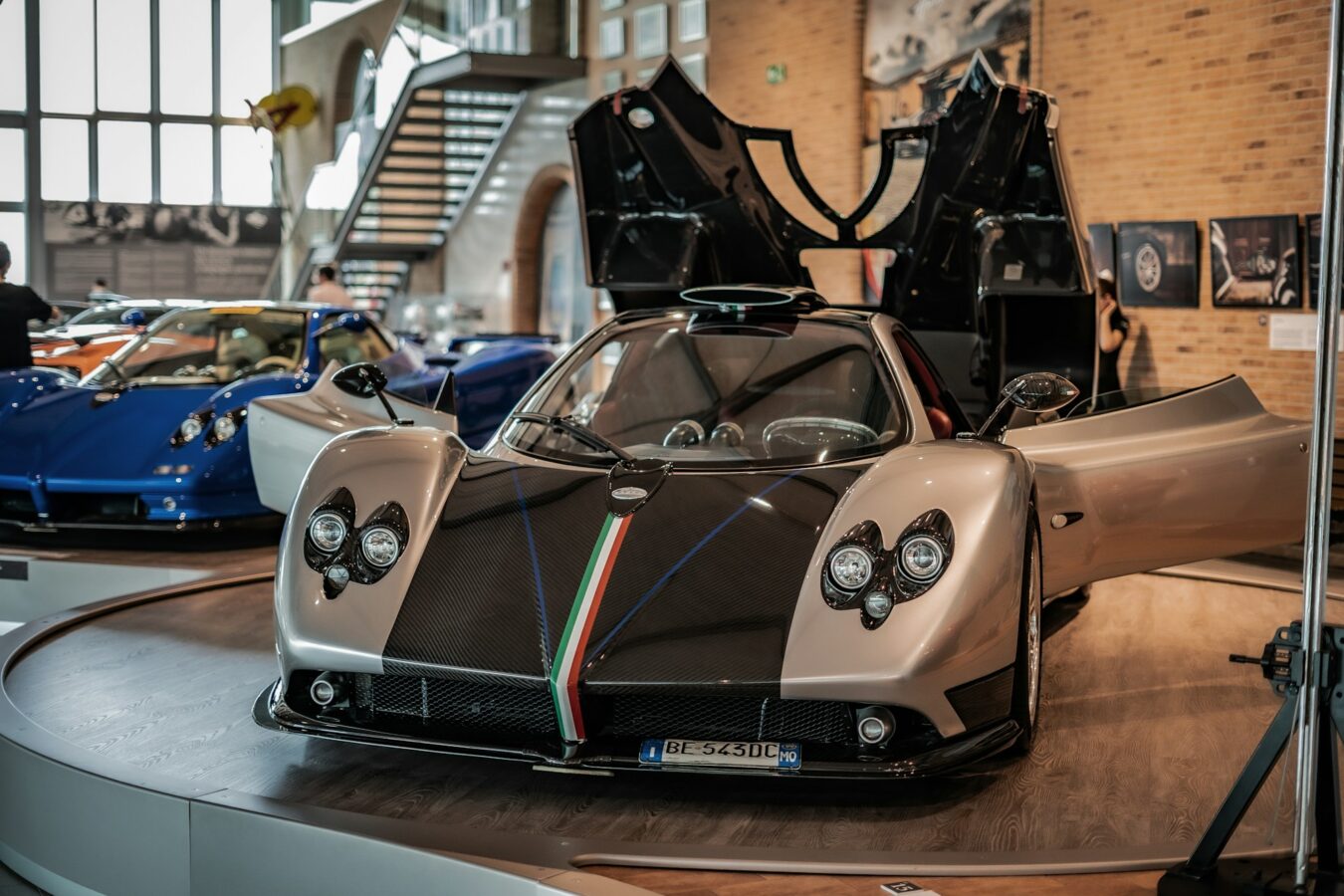
You know how some companies just stamp out cars? Pagani isn’t one of them. Horacio’s obsession with detail is borderline insane, in the best possible way. The Zonda wasn’t just a car; it was like, a bespoke suit tailored perfectly for speed. From the moment you saw it, it just looked like nothing else. The quad exhaust tips arranged in a perfect square, the exposed carbon fiber weave that looked like it was spun by spiders, the interior that was a symphony of machined aluminum, supple leather, and more carbon.
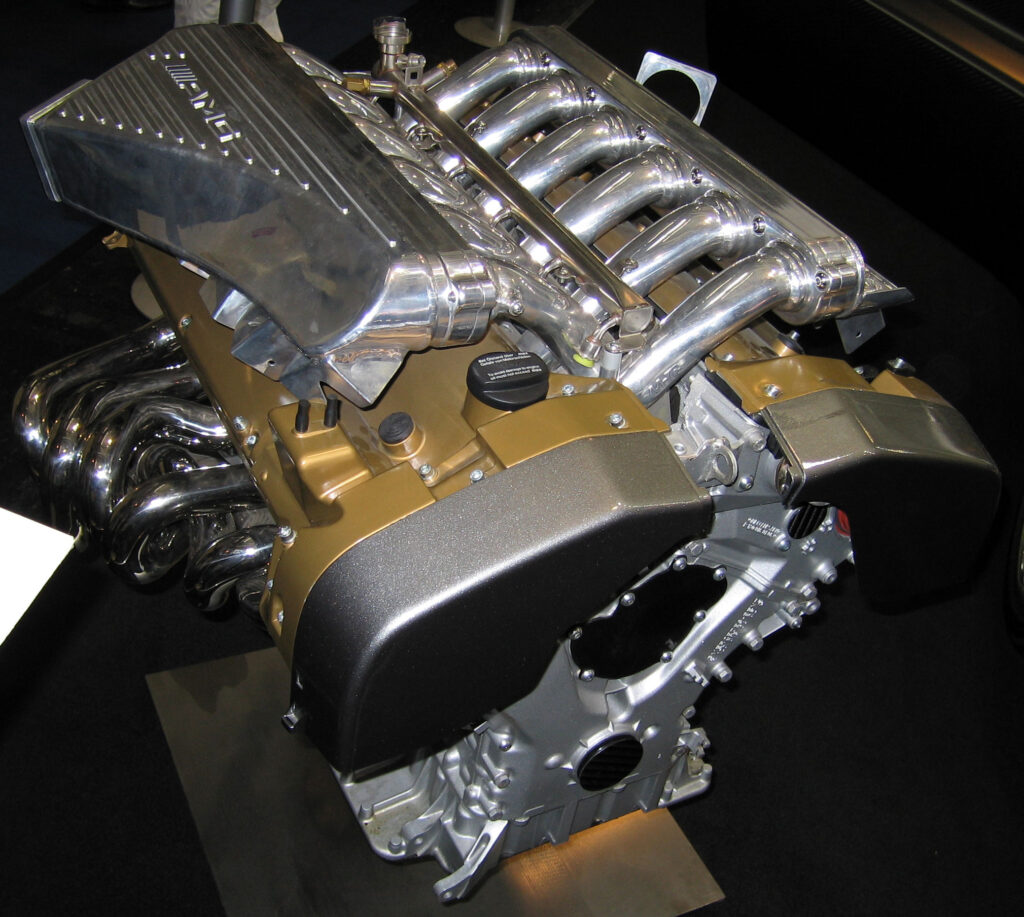
It wasn’t just about raw power, though later versions like the Zonda F and Zonda R pushed the boundaries with 7.3-liter AMG V12s making well over 600 hp and even 750 hp respectively.
No, the Zonda was about the experience. The way it pulled like a freight train, the mechanical shifter that clicked into place with satisfying precision, the sound… oh man, the sound.
That AMG V12 just screamed. It wasn’t just loud; it was a pure, unadulterated symphony of internal combustion, especially when you got it up near the redline.
Pagani didn’t compromise on anything. If it could be better, stronger, lighter, or more beautiful, it was done. This uncompromising approach, this relentless pursuit of perfection, is what made the Zonda a legend. It wasn’t just a car (pun intended); it was Horacio Pagani’s personal masterpiece, a statement to convention, and a beacon of what passion and vision can truly create. Roughly 140-150 Zonda variants were produced over its long run, each one a testament to that original rebellious spirit.
FAQ About the First Pagani Zonda
When did the Pagani Zonda first debut?
The original Pagani Zonda C12 was unveiled at the 1999 Geneva Motor Show.
What engine did the Pagani Zonda use?
All Pagani Zonda models used various iterations of a Mercedes-Benz AMG V12 engine, ranging from 6.0-liter to 7.3-liter displacements.
Why did Horacio Pagani leave Lamborghini?
He left Lamborghini because they were unwilling to invest in his vision for extensive use of carbon fiber in their vehicles.
How many Pagani Zondas were made?
Across all variants and special editions, approximately 140-150 Pagani Zonda units were produced.
What was the Zonda originally going to be called?
It was initially planned to be named the “Fangio F1” in honor of Horacio Pagani’s friend and mentor, Juan Manuel Fangio.

